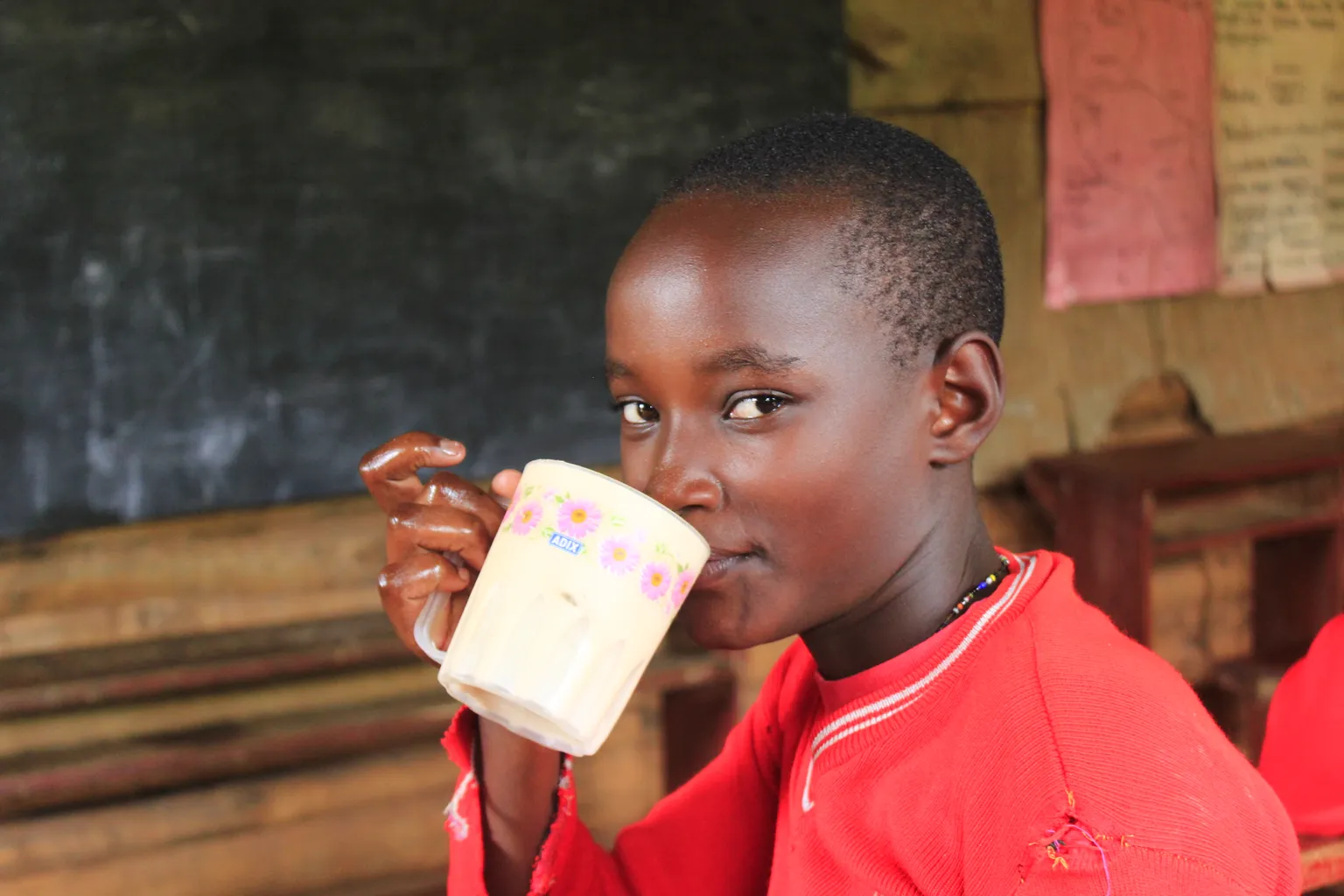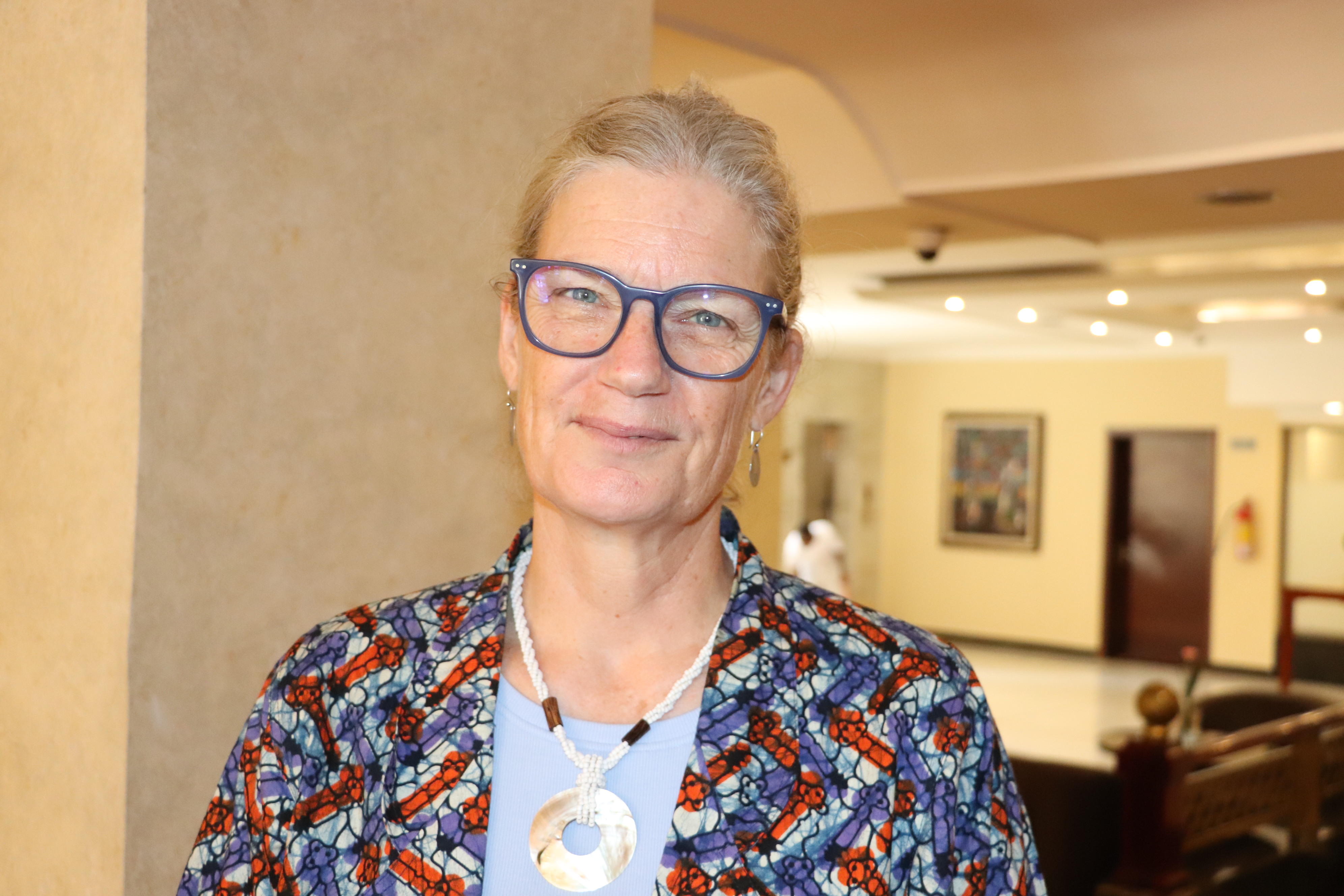Perspective: Feeding futures: Why school meals in Africa must be treated as infrastructure, not aid

By Monique Beun, Global Lead, Nutrition

Across many African countries, a school meal has become essential to a child’s day. It may be where they receive their only proper meal—and it often determines whether they attend school at all. But what if school meals were more than a safety net? What if they were seen, and funded, as essential public infrastructure, embedded in systems that support education, local food economies, and climate resilience?
That’s the shift we need, as hunger rises, budgets tighten, and food systems buckle under climate pressure and inequality. Home-grown school feeding (HGSF) has the potential to deliver across multiple sectors. But only if we move past fragmented pilot projects and start treating school meals as a structural investment.
School-age children: the blind spot in nutrition policy
Nutrition efforts rightly prioritise the first 1,000 days of a child’s life, but this emphasis has come at a cost. School-age children remain largely invisible in national and global strategies— even though 73 million face hunger, and 148 million are stunted.
This is a critical gap. The school years offer a second window to reinforce or reverse early deficits in growth, cognitive development, and educational outcomes. It’s when children drop out—or stay in school. When girls are pulled into domestic labour or remain on track. It’s when systems either entrench disadvantage or help close the gap.
School meals can be one of the most effective tools in this space. Still, too often, programmes are designed for delivery—focused on logistics and volume—not development outcomes. And they remain disconnected from broader policy frameworks.
Within Africa’s food security agenda, this is still a missed opportunity. The Comprehensive Africa Agriculture Development Programme (CAADP) and broader continental goals rightly emphasise agricultural productivity, nutrition, and resilience. While the new CAADP strategy mentions school feeding as an intervention for food and nutrition security, it remains under-recognised in both policy operationalisation and financing frameworks. School feeding seems almost entirely omitted from the activity plan of the CAADP.
It should not be. When linked to local food systems and inclusive procurement, school feeding supports multiple CAADP priorities—from boosting smallholder market access, to improving child nutrition, enhancing future human capital, and strengthening rural economies.
School feeding as an inclusive economic engine
Beyond filling plates, a well-designed school feeding programme stimulates demand for wholesome local foods. By reintroducing children to traditional, nutrient-rich diets, school meals help lay the groundwork for healthier and more resilient futures.
In many East African countries, school milk programmes have created reliable markets for smallholder farmers. However, doing this requires careful attention to value chains and procurement systems. This isn’t always easy.
Farmers need predictable contracts, fair pricing, and technical support to meet quality and quantity demands. Regional disparities in productivity, transport bottlenecks, and lack of food safety infrastructure can all get in the way—especially for perishables like milk or leafy vegetables.
Yet when local sourcing is done right, it boosts the nutritional quality of the meals and builds rural economies.
In some cases, dual procurement models are emerging: dry staples are purchased centrally for scale and efficiency, while nutrient-dense perishables are sourced locally to support diversity and resilience. These hybrid models show promise but require stronger governance, clearer roles, and sustained financing.

Simultaneously, women remain at its heart—from farming and processing, to preparing meals in school kitchens, even though they are rarely at the centre of decision-making or economic benefits.
In most contexts, women carry out this work informally or as unpaid labour. Without structural change, this reinforces inequality. Gender-inclusive school feeding must ensure women have access to land, credit, leadership roles, and fair compensation. And it must also consider youth and marginalised groups, especially in communities facing deep poverty or conflict.
The goal should not just be inclusion in numbers—but in outcomes.
Sustainability must also be part of the design. Feeding millions of children daily has climate implications. Many school kitchens still rely on firewood, driving deforestation and exposing cooks to harmful smoke. Clean energy alternatives exist, but uptake remains limited. In countries like Uganda where we work, new institutional kitchens powered by solar or electric pressure cookers make a tangible difference. They reduce fuel demand, lower emissions, and improve working conditions. These solutions should be treated as core infrastructure; if school meals are to be truly sustainable, then clean energy must be part of the package.
Finance is the real frontier
Despite widespread agreement on the value of school meals, most programmes are underfunded. Governments shoulder most of the burden, with limited and often inconsistent donor support. Community contributions—such as asking parents to pay for the meals—can be regressive and exclusionary in the poorest areas.
There is no shortage of creative financing ideas—from public-private partnerships to carbon credits—but without strong political backing, they remain fragmented. What’s needed is not more innovation for its own sake, but a clear financial architecture: public budgets, cross-ministerial accountability, and co-financing models that protect equity. That also means moving away from reliance on unpaid labour and volunteerism, which disproportionately affects women and undermines sustainability.
Estimates suggest every dollar spent on school meals generates up to nine dollars in returns, through better education, health, productivity, and gender equality. But those returns only materialise when programmes are stable, scalable, and system-anchored.
The real transformation comes when school feeding moves from isolated projects to embedded public systems—backed by policy, budget lines, and inter-ministerial coordination. In East Africa, there are promising signs of progress.

Ultimately, the debate over school meals is one for the heart, not just about procurement models or budget lines. It’s about what kind of development we believe in—and who we design our systems for.
Kenya has made a bold commitment to reach 10 million children by 2030, with growing public and private investment. Ethiopia’s recent school feeding expansion began as a project initiative, championed by the Mayor of Addis, is now shaping national policy. Once paid for by parents, Uganda's programme is shifting to blended financing with increasing public funding.
In each case, political will has been key. Across these countries, long-term engagement from development partners has helped to build evidence, strengthen procurement systems, and embed local sourcing models. In parallel, a regional coalition brings together Eastern African countries to exchange learnings and enhance collaboration. It is essential to remain committed to support this regional exchange on pathways towards evolving school feeding from fragmented projects into a fundamental component of sustainable national food and education systems.
Ultimately, the debate over school meals is one for the heart, not just about procurement models or budget lines. It’s about what kind of development we believe in—and who we design our systems for.
Do we see nutrition as essential to education? Do we value the unpaid work of women? Are we serious about building local markets that are inclusive?
School meals are where these questions intersect. Getting the answers right can lead to better outcomes for children, fostering stronger, fairer, and more resilient societies.